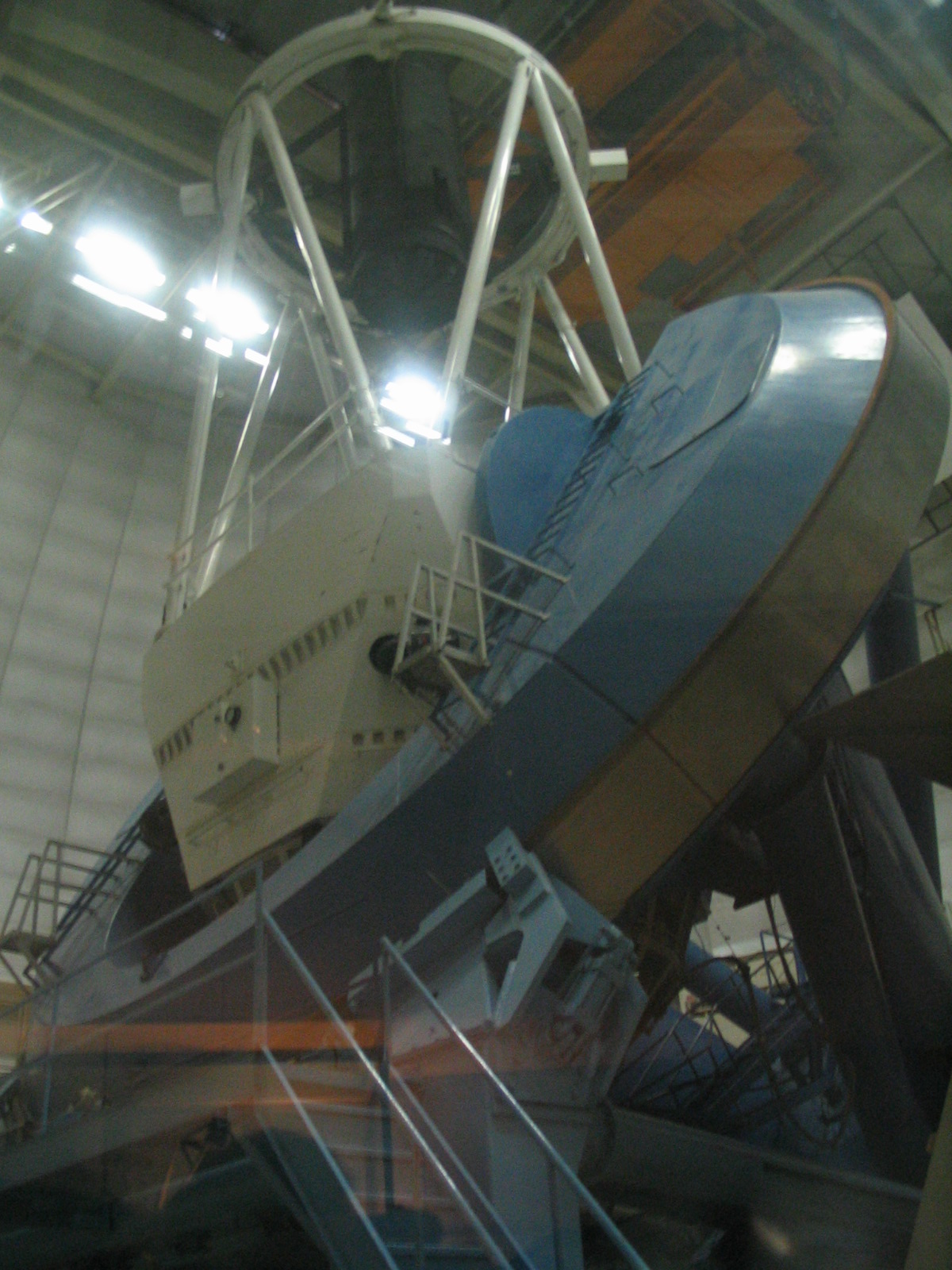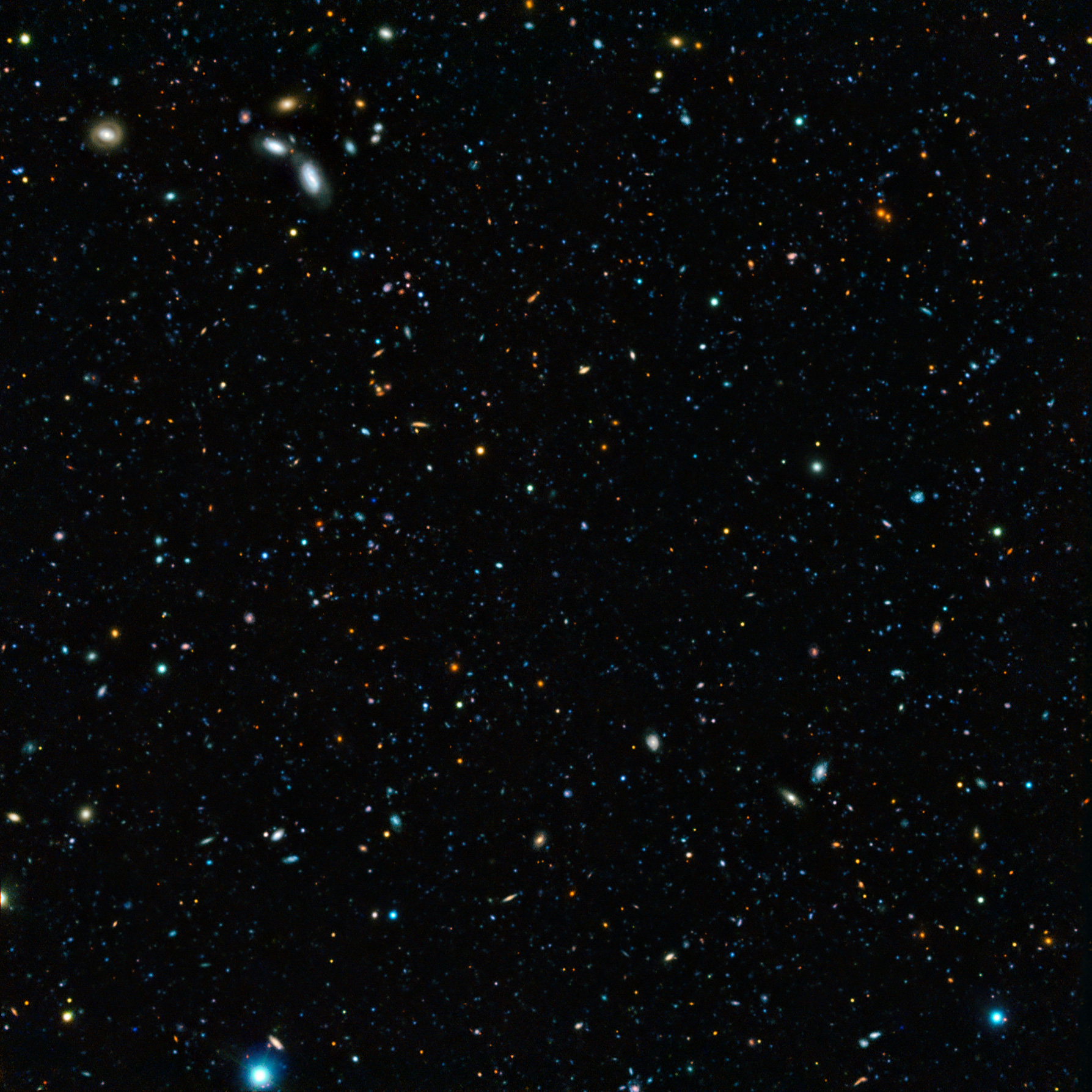|
DEEP2 Redshift Survey
The DEEP2 Survey or DEEP2 was a two-phased Redshift survey of the Redshift z=~1 universe (where z= a measure of speed and by extension, the distance from earth). It used the twin 10 metre Keck telescopes The W. M. Keck Observatory is an astronomical observatory with two telescopes at an elevation of 4,145 meters (13,600 ft) near the summit of Mauna Kea in the U.S. state of Hawaii. Both telescopes have aperture primary mirrors, and when c ... in Hawaii (the world's second largest optical telescope) to measure the spectra and hence the redshifts of approximately 50,000 galaxies. It was the first project to study galaxies in the distant Universe with the resolution of local surveys like the Sloan Digital Sky Survey and was completed in 2013. References Observational astronomy Astronomical surveys Physical cosmology {{physical-cosmology-stub ... [...More Info...] [...Related Items...] OR: [Wikipedia] [Google] [Baidu] |
Redshift Survey
In astronomy, a redshift survey is a survey of a section of the sky to measure the redshift of astronomical objects: usually galaxies, but sometimes other objects such as galaxy clusters or quasars. Using Hubble's law, the redshift can be used to estimate the distance of an object from Earth. By combining redshift with angular position data, a redshift survey maps the 3D distribution of matter within a field of the sky. These observations are used to measure detailed statistical properties of the large-scale structure of the universe. In conjunction with observations of early structure in the cosmic microwave background, these results can place strong constraints on cosmological parameters such as the average matter density and the Hubble constant. Generally the construction of a redshift survey involves two phases: first the selected area of the sky is imaged with a wide-field telescope, then galaxies brighter than a defined limit are selected from the resulting images as ... [...More Info...] [...Related Items...] OR: [Wikipedia] [Google] [Baidu] |
Redshift
In physics, a redshift is an increase in the wavelength, and corresponding decrease in the frequency and photon energy, of electromagnetic radiation (such as light). The opposite change, a decrease in wavelength and simultaneous increase in frequency and energy, is known as a negative redshift, or blueshift. The terms derive from the colours red and blue which form the extremes of the visible light spectrum. In astronomy and cosmology, the three main causes of electromagnetic redshift are # The radiation travels between objects which are moving apart (" relativistic" redshift, an example of the relativistic Doppler effect) #The radiation travels towards an object in a weaker gravitational potential, i.e. towards an object in less strongly curved (flatter) spacetime ( gravitational redshift) #The radiation travels through expanding space ( cosmological redshift). The observation that all sufficiently distant light sources show redshift corresponding to their distance fr ... [...More Info...] [...Related Items...] OR: [Wikipedia] [Google] [Baidu] |
Keck Telescopes
The W. M. Keck Observatory is an astronomical observatory with two telescopes at an elevation of 4,145 meters (13,600 ft) near the summit of Mauna Kea in the U.S. state of Hawaii. Both telescopes have aperture primary mirrors, and when completed in 1993 (Keck 1) and 1996 (Keck 2) were the largest astronomical telescopes in the world. They are currently the 3rd and 4th largest. Overview With a concept first proposed in 1977, telescope designers at the University of California, Berkeley (Terry Mast) and Lawrence Berkeley Laboratory ( Jerry Nelson) had been developing the technology necessary to build a large, ground-based telescope. With a design in hand, a search for the funding began. In 1985, Howard B. Keck of the W. M. Keck Foundation gave $70 million to fund the construction of the Keck I telescope, which began in September 1985, with first light occurring on 24 November 1990 using nine of the eventual 36 segments. With construction of the first telescope w ... [...More Info...] [...Related Items...] OR: [Wikipedia] [Google] [Baidu] |
Sloan Digital Sky Survey
The Sloan Digital Sky Survey or SDSS is a major multi-spectral imaging and spectroscopic redshift survey using a dedicated 2.5-m wide-angle optical telescope at Apache Point Observatory in New Mexico, United States. The project began in 2000 and was named after the Alfred P. Sloan Foundation, which contributed significant funding. A consortium of the University of Washington and Princeton University was established to conduct a redshift survey. The Astrophysical Research Consortium (ARC) was established in 1984 with the additional participation of New Mexico State University and Washington State University to manage activities at Apache Point. In 1991 the Sloan Foundation granted the ARC funding for survey efforts and the construction of equipment to carry out the work.. Background At the time of its design, the SDSS was a pioneering combination of novel instrumentation as well as data reduction and storage techniques that drove major advances in astronomical observations ... [...More Info...] [...Related Items...] OR: [Wikipedia] [Google] [Baidu] |
Observational Astronomy
Observational astronomy is a division of astronomy that is concerned with recording data about the observable universe, in contrast with theoretical astronomy, which is mainly concerned with calculating the measurable implications of physical models. It is the practice and study of observing celestial objects with the use of telescopes and other astronomical instruments. As a science, the study of astronomy is somewhat hindered in that direct experiments with the properties of the distant universe are not possible. However, this is partly compensated by the fact that astronomers have a vast number of visible examples of stellar phenomena that can be examined. This allows for observational data to be plotted on graphs, and general trends recorded. Nearby examples of specific phenomena, such as variable stars, can then be used to infer the behavior of more distant representatives. Those distant yardsticks can then be employed to measure other phenomena in that neighborhood, inc ... [...More Info...] [...Related Items...] OR: [Wikipedia] [Google] [Baidu] |
Astronomical Surveys
An astronomical survey is a general map or image of a region of the sky (or of the whole sky) that lacks a specific observational target. Alternatively, an astronomical survey may comprise a set of images, spectra, or other observations of objects that share a common type or feature. Surveys are often restricted to one band of the electromagnetic spectrum due to instrumental limitations, although multiwavelength surveys can be made by using multiple detectors, each sensitive to a different bandwidth. Surveys have generally been performed as part of the production of an astronomical catalog. They may also search for transient astronomical events. They often use wide-field astrographs. Scientific value Sky surveys, unlike targeted observation of a specific object, allow astronomers to catalog celestial objects and perform statistical analyses on them without complex corrections for selection effects. In some cases, an astronomer interested in a particular object will find ... [...More Info...] [...Related Items...] OR: [Wikipedia] [Google] [Baidu] |



